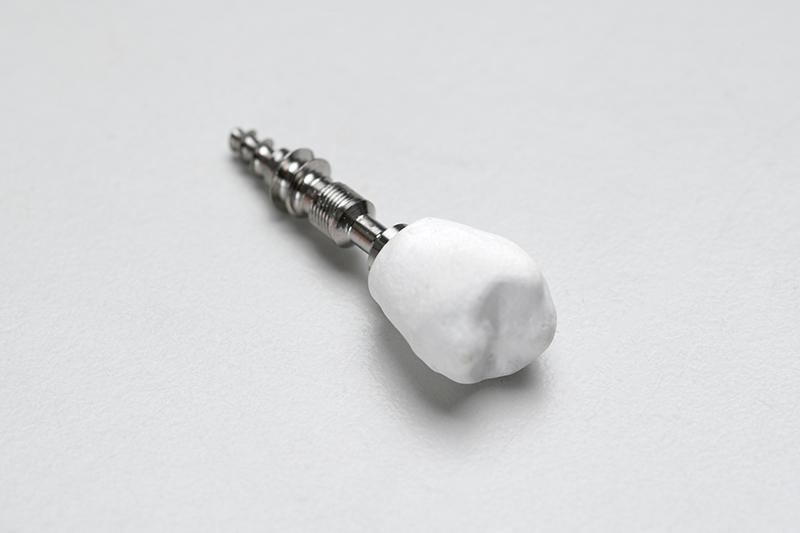Cellulose-based nanocomposites for dental implants and more
A research group from Finland’s VTT Technical Research Center in collaboration with Nanyang Technological University has developed a sustainable multiphase nanocomposite and used it to manufacture dental implant crowns.

This new bioinspired material uses birch-cellulose and a set of genetically engineered proteins. The outcome is claimed to be stronger, tougher, and substantially lighter than man-made technical ceramics. The researchers say it has the potential to become a next-generation material in impact-resistant implants, sports equipment, body armour, exoskeletons for aircraft, electronics, or surface coatings.
The bio-inspiration for the material was the dactyl club of the mantis shrimp. ‘These mesmerising shrimps are one of nature’s deadliest killing machines. In relation to their small size, they pack the strongest punch in the animal kingdom. They smash their prey by throwing a pair of hammer-like raptorial appendages with a tremendous speed and force greater than rifle bullets during close-range hunting,’ explains Dr Pezhman Mohammadi, Research Scientist at VTT.
Previous studies have shown that the club is a multiphase hierarchically ordered nanocomposite with graded mechanical properties. ‘The club has a soft interior layer providing energy dissipation and a stiff, hard, and impact-resistant exterior layer. Together, the layers enhance the overall damage tolerance of the club. Both layers have similar building blocks, but in different relative content, polymorphic form, and organisation. The main building block is helicoidally ordered chitin nano-fibrils that are glued together by a protein-rich matrix,’ adds Mohammadi.
The research group replicated this structure by using similar building blocks and processing conditions. They assembled a new composite, which consists of cellulose nanocrystals and two types of genetically engineered proteins. One protein was designed to increase the interfacial strength of the material and the other to mediate nucleation and growth of hydroxyapatite crystals. This new composite was processed into intricate shapes by manufacturing it into a dental implant crown with periodic patterns of micro-reinforcement orientation, and a bilayer architecture similar to human teeth. With further investigation, the proteins could be engineered to provide new characteristics to the material.
The new material could be used in applications that require withstanding repetitive high strain-rate impacts while maintaining structural integrity. The research results have been published in Advanced Materials (DOI: 10.1002/ADMA.202102658).







